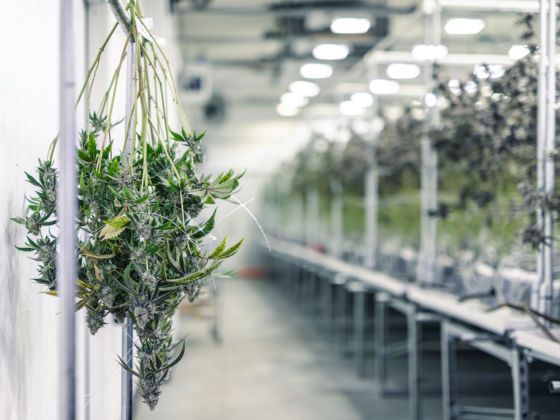On any given Saturday in San Francisco, a line is likely to form on Geary Boulevard outside the Urbana dispensary. Customers flood in with their 24-ounce Hydro Flasks, the accessory of choice for many city residents, and filter out now carrying up to an ounce of cannabis.
San Francisco is undeniably green, ranking high on lists of both environmentally conscious and cannabis enthusiastic cities in the United States. Yet to wear both badges proudly reveals a contradiction in the city’s values: Cannabis cultivation spawns a sizable carbon footprint.

